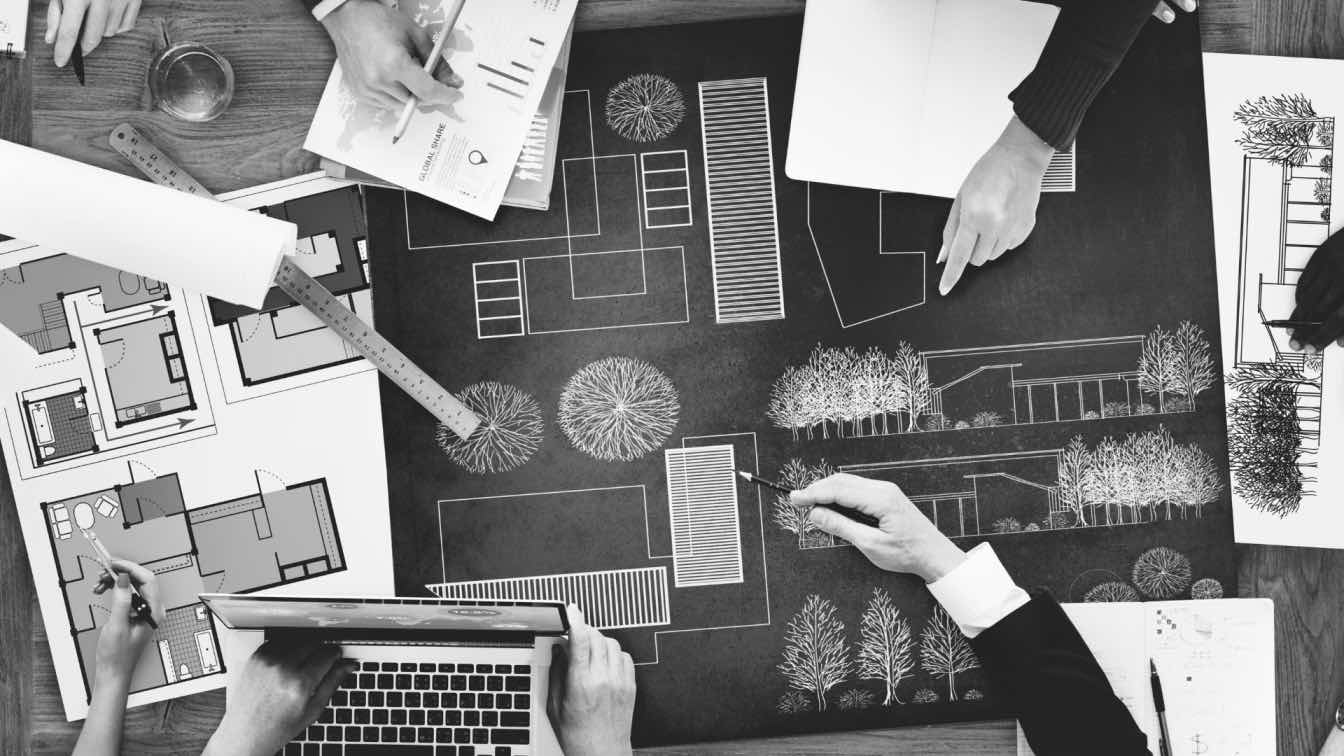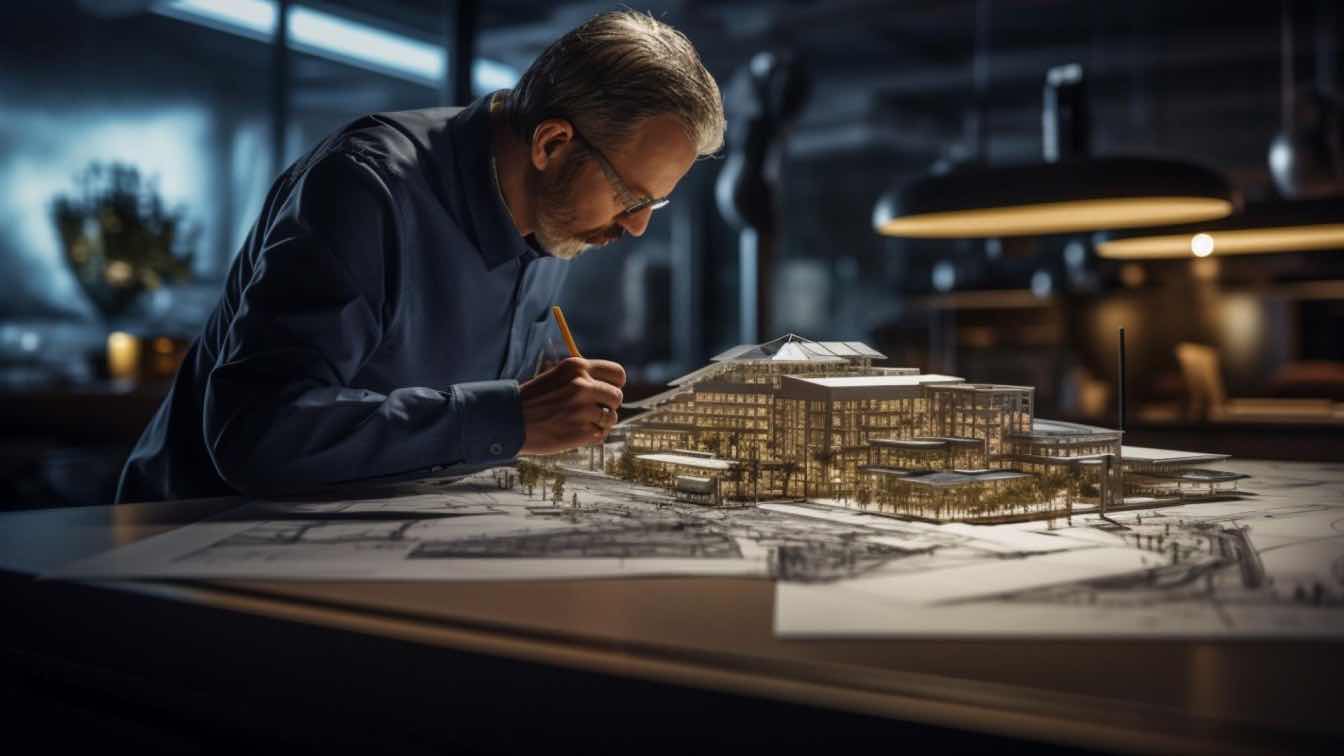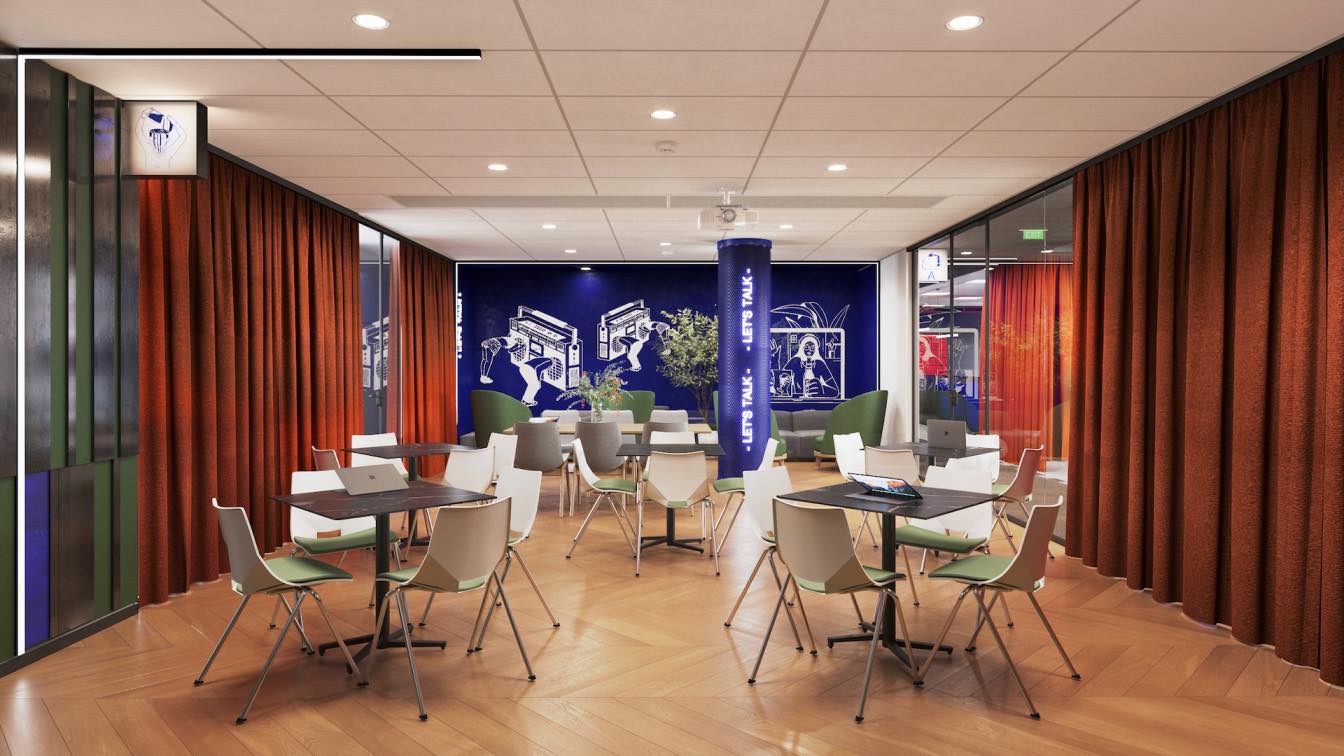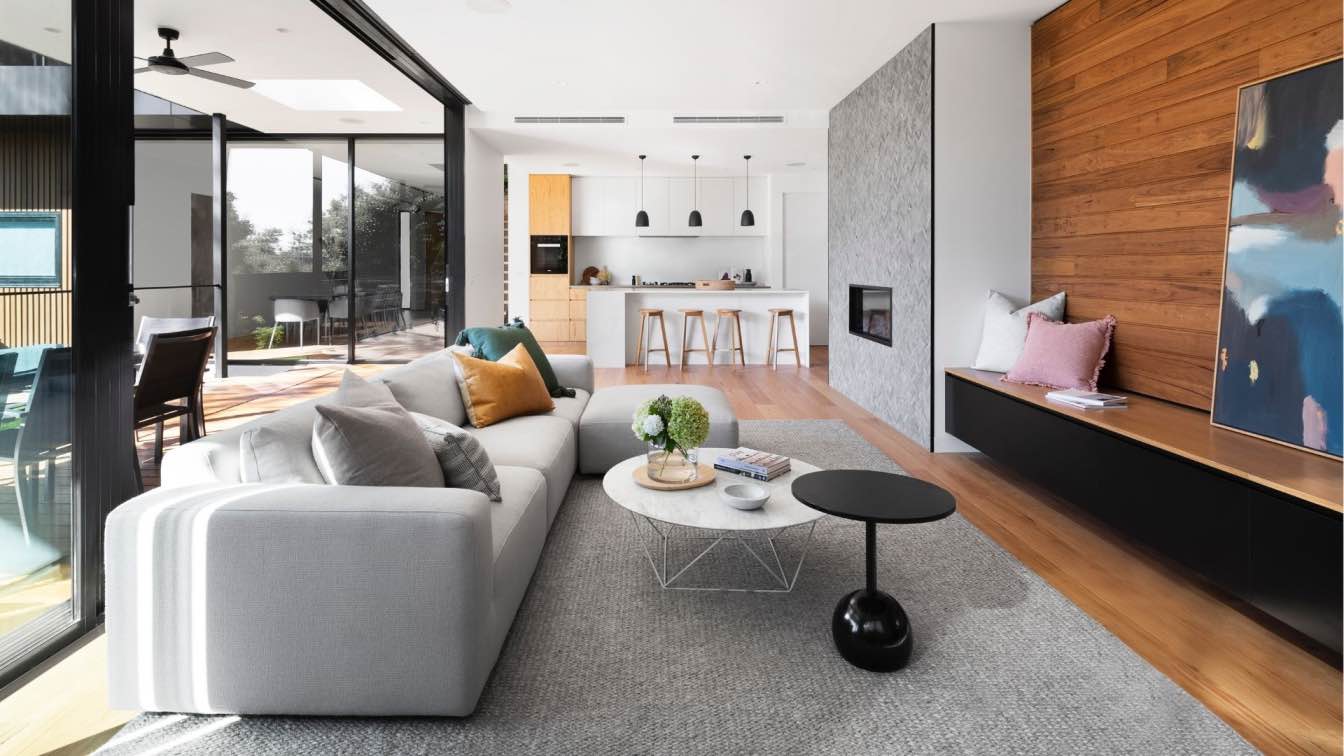Obviously, architecture has never been just about drawing buildings. Instead, it’s about solving a kind of puzzle, sometimes incredibly complex ones where aesthetics, engineering, environment, and logistics all collide. But as the puzzles get bigger, so does the need for better tools to manage them. So, that’s where technology steps in as the central nervous system of modern architectural work.
Just imagine how teams spread across time zones, contractors juggling deadlines and suppliers waiting on approvals at the same time. In fact, without reliable systems in place, things fall apart. However, new technology in architecture isn’t replacing the architect but it’s giving them the tools to actually hold everything together.
Logistics and Software Are Quiet Heroes of the Build
Let’s say you’ve got a large residential project and materials for it are coming from six vendors. The glass is arriving from one side of the country, concrete from another. For sure, keeping track of it all is no small task. That’s why even in the architecture world, tools like Fedex tracking through Packy become relevant. It’s not glamorous at all, but it’s part of the reality. When components need to arrive on-site in a specific order or else everything slows down, being able to track them accurately is part of the job. It might seem unrelated at first, but this kind of tracking keeps schedules realistic and expectations grounded.
The truth is, the logistics chain often determines how much flexibility the design team has. If a key element is delayed, the team may need to adapt the timeline, the layout, or even the supplier. That's the level of integration happening now. As you see, shipping info isn’t just in the hands of an admin, it’s part of the design coordination strategy.
What Does an Architect Do Today?
If you ask a first-year student what does an architect do, they'll probably say “design buildings.” But anyone who’s worked in the field will tell you that it’s way more than that. These days, architecture is actually half design and half digital coordination. From zoning boards to city inspectors to clients halfway across the globe, architects are responsible for aligning every stakeholder around a shared, evolving vision.
And the more complex the project, the more it becomes about systems. Architects today use software not just for drawing, but for managing real-time revisions, syncing documentation, and tracking compliance. Eventually, this is where software architecture becomes a crossover concept in building design.
Software That Supports the Chaos
There’s no one-size-fits-all tool and that’s part of the challenge. Some firms lean heavily on centric software platforms that combine CAD work with scheduling, cost estimates, and team collaboration. Others prefer to piece together several tools that talk to each other just enough to keep things moving.
In both cases, having good software design matters a lot. Bad UI, slow performance, or tools that crash in the middle of a submission? They eat up the time and confidence of your project. And naturally, when you’re managing ten deadlines and fielding client calls about minor changes, you can’t afford to lose time.
The line between tech and architecture is blurrier than ever. When people ask, “what is software that architects actually use?” the answer is increasingly long: Revit, Rhino, BIM 360, Navisworks, Slack, Zoom, and even project management tools built for other industries. You name it.
How Has Technology Changed Architecture?
Ask any architect with more than 15 years in the field, and they’ll tell you: it’s not the same job anymore. How has technology changed architecture? In short: collaboration is faster, stakes are higher, and decisions are made in compressed timelines.
Besides, there’s less time for trial and error. More pressure to present options that are ready to be priced, scheduled, and built. On top of that, modern clients expect to see things, not just imagine them. That means interactive 3D models, live walkthroughs, and design options that adapt based on materials availability.
And yes, that also means staying tuned into the latest digital logistics. Fedex tracking, supplier dashboards, approval timelines—they’re all baked into the architecture conversation now.
What Is a Sustainable Design Process Without Tech?
It’s not enough to build something that looks green. To be honest, teams are now expected to calculate embodied carbon, lifecycle costs, and material sourcing in real time. That kind of responsiveness doesn’t happen without good systems.
And the reality? Many firms still patch together their workflows with spreadsheets and group chats. But the top-tier players are investing in fully integrated platforms—new technology in architecture that allows them to pivot quickly, without losing sight of the original design intent.
The smoother the tech works behind the scenes, the more time the team has to actually think. And that’s where the best work happens.
Oh, and by the way… Who Is Playing Today?
Don’t be surprised if you overhear architecture teams checking game scores between design reviews. Architects are people too. The whole who is playing today question might pop up during a 3D rendering export or a delayed site meeting. Especially when that project’s stuck waiting on steel to arrive.
It’s a reminder that even in a tech-driven world, humans are at the core of every build.
Tech as the Architect’s Partner
The image of the architect has changed. They're still visionaries but now they’re also coordinators, digital strategists, and logistics managers. The tools they use aren’t just about making things pretty. They're about making things work on time, within budget, and with all the pieces in the right place. And it’s pretty challenging, isn’t it?





